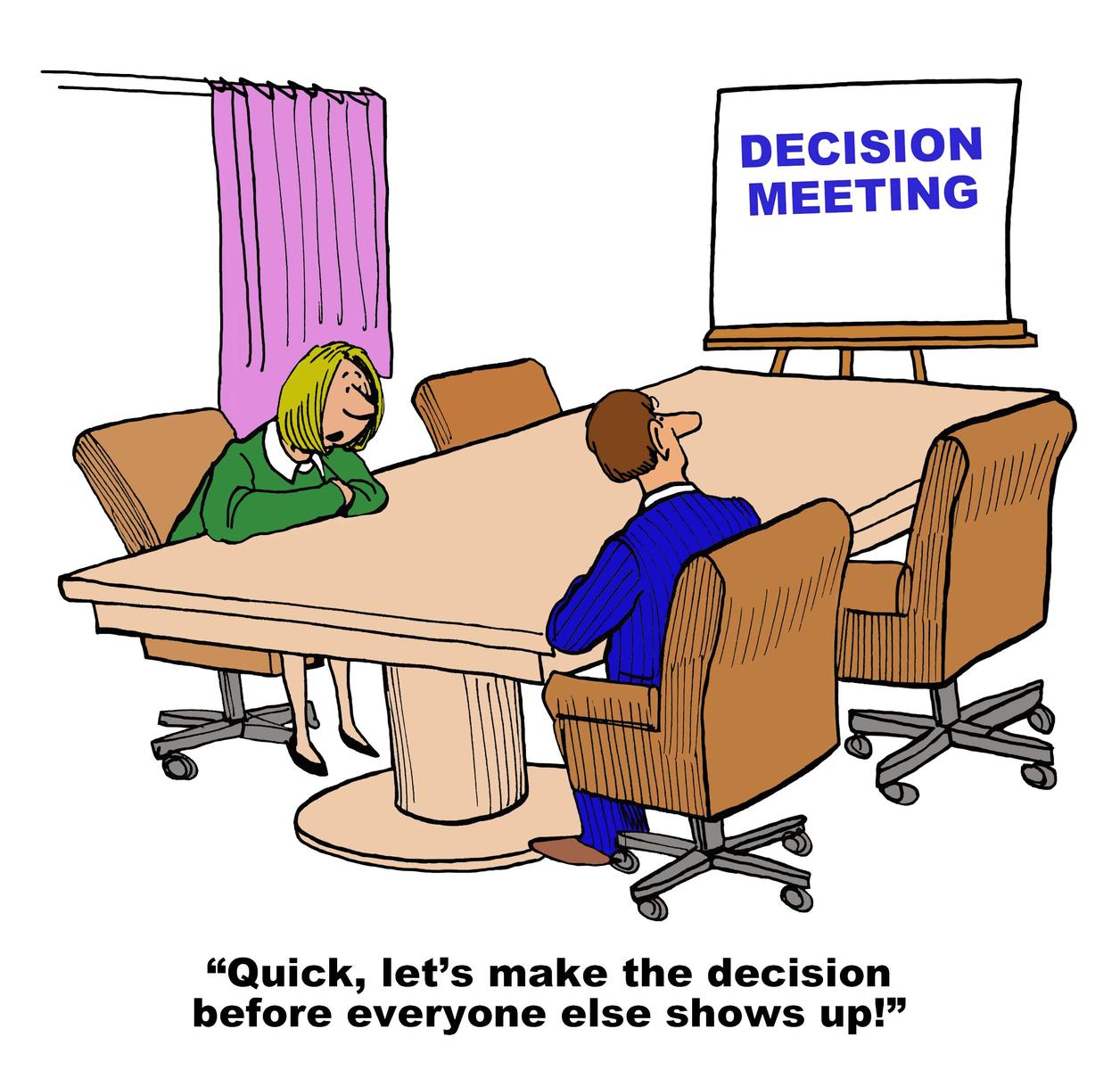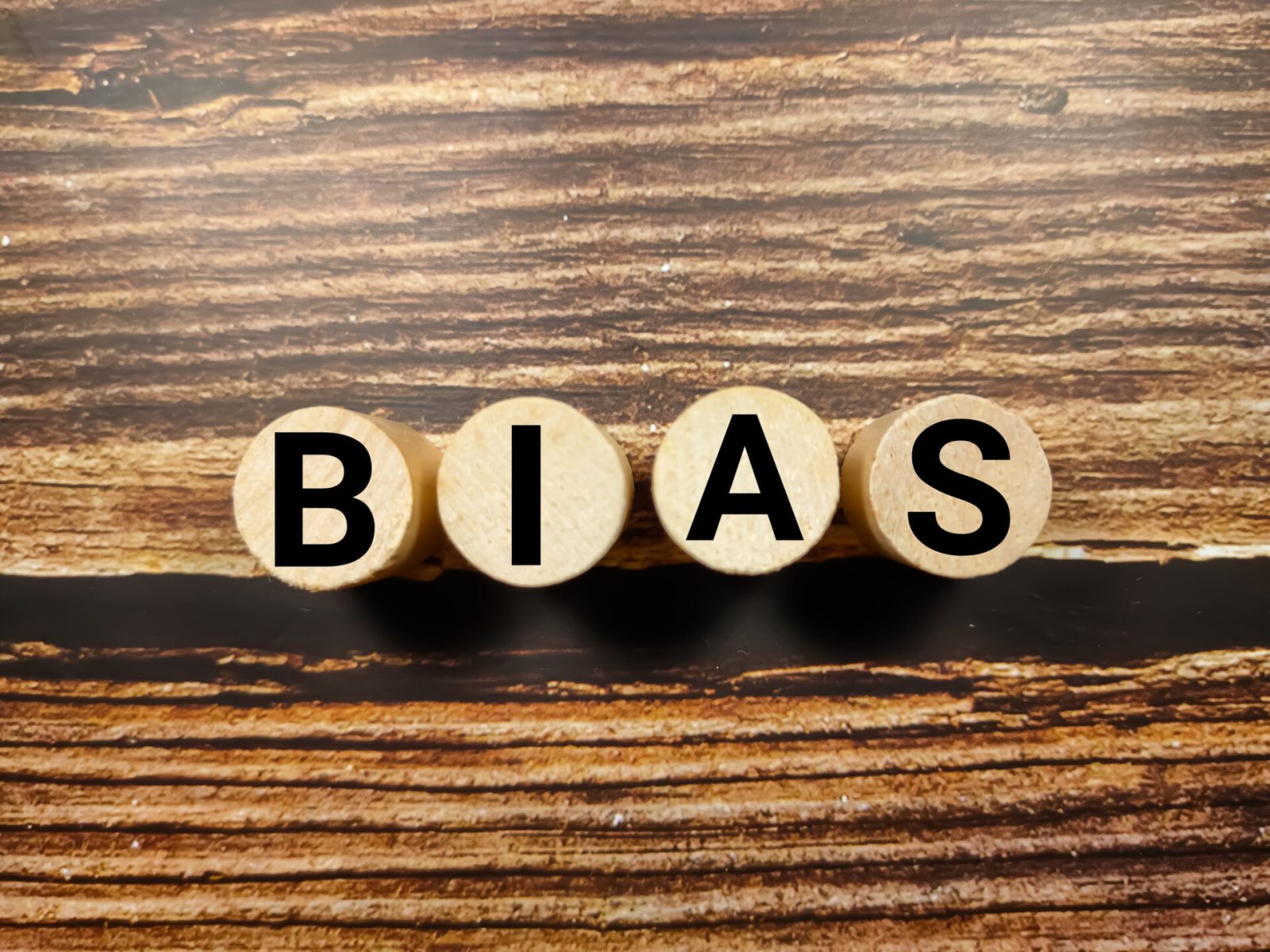Everyone’s an expert, everyone has opinions, and not all of them are helpful. In complex decision-making, when there is a lot to be considered before making a choice, involving the appropriate stakeholders is critical. Failure to secure the right kind of involvement from the people affected by the decision can lead to some unpleasant consequences. These might include:
- Trying to satisfy everyone, by taking an inferior solution
- Key stakeholders provide verbal support, and then drag their feet
- Certain stakeholder reopen discussions and negotiations with suppliers,causing extra costs
- The final decision is delayed, knocking strategic projects off track
The Stakeholders: Who Knows? Who Cares? Who Can?
In making an important or complex business decision, there are key stakeholders that should be involved in decision-making. They should include a critical few who qualify because they know about, care about and/or can affect the business issues and outcomes surrounding the decision. They understand the business issues and needs and/or care about the outcome. In addition they should include key people who can do something to make implementation successful.
The Process: Tackling Complex Decisions
Some decisions are simple but complex decisions need organized thinking that can help factor in a broad array of relevant issues. A complex decision may affect a diverse group of stakeholders, or may be a unique scenario, never experienced before or one that lacks well-understood alternatives. A complex decision may actually be multiple decisions with connections or dependencies or it may lack a predictable timeframe.
To wade through this complexity and consider the concerns of a diverse group of stakeholders, analytic decision-making can provide a systematic approach that organizes information and alternatives.
At Kepner-Tregoe, our Decision Analysis (DA) process was first developed in the 1950s, during research done by our company founders that revealed similar approaches used by good decision makers. These approaches were then formalized, tested and taught by KT. Used in organizations worldwide for generations, DA guides decisions about everything from choosing the location of a billion dollar factory to hiring a new employee.
By using a systematic process for making a choice, it is easier to balance the benefits and risks of alternatives and back decisions with data. Decision Analysis expands and refines this thinking pattern:
- Recognize and define the decision to be made
- Develop the specific criteria for its accomplishment
- Evaluate the available alternatives relative to those criteria
- Identify the risks involved
Managing Stakeholders: Too Many Slows Progress, Too Few Stifles Objectives
Once it is recognized that a decision needs to be made, a decision statement provides the focus for everything that follows and sets the limits of the choice. The decision statement always indicates a choice, some kind of action and its intended result. For example, in business, this could be, “Select a new director of quality” or “Choose a site for our new West Coast office.” To build momentum for the process and minimize exhaustive discussion, keep the group of stakeholders small, when you decide on a concise decision statement.
The stakeholder group is expanded to review the list of concerns that initiated the need for a decision and that voice the issues of those impacted by the decision. To develop criteria for alternatives, it is worth developing a wide list of objectives around cost, function and other areas of concern and circulating this widely. Listing these criteria or objectives should involve as many stakeholders as possible.
Once you have consulted widely to build the list of objectives, you need to narrow the group again to key stakeholders. You would have a never-ending disagreement with too many stakeholders evaluating the relative importance of the objectives. Instead, with a smaller group, you can begin to determine how much value each goal brings to the business. This smaller group of stakeholders who will be affected by or tasked with implementing the decision can discuss the business case for each objective. Ask how much value does each objective bring to the business and therefore how much weight within the scheme of the decision; justify your weighting with hard data. KT DA uses a system of Musts and weighted Wants to score the relative value of each objective.
Finally, once you have agreed on the relative weights of each objective, the decision making group can narrow and hand over much of the work of evaluation to experts. Often at this point we can throw the stakeholders out and let the experts find or develop solutions. They have the expertise to suggest alternatives and then judge how well each meets the weighted objectives established by the stakeholders.
Experts can say, based on your goals, we have these alternatives and this is how we evaluated them. With a large invested group, this process can get difficult. Stakeholders are the best for describing business needs: Here are our goals. Experts with advanced knowledge or skills in finding or developing the solutions and evaluating the risks are best for evaluating alternatives: Here are the best-balanced choices.
Expert Recommendations to the Stakeholders
Once the experts have identified and weighed alternatives, it is time to present the results to the key stakeholders. This is best done with focused information that summarizes the work done, presents the alternatives and the best-balanced choice. A standard format for this is:
1. Present the decision statement and objectives to demonstrate the scope and goals of the decision to be made.
2. Show the key objectives, emphasizing the most important.
3. Explain how many alternatives were considered and a list of the top ones.
4. Present the best choice and how it performs well using hard data in meeting the goals.
5. Present any risks for this choice with mitigating actions.
Summary
The best decision-making involves the right people at the right time. Managing stakeholders—the people affected by the decisions and/or charged with carrying it out—can improve the quality of the decision and ultimately its buy-in and success. Relying on stakeholder involvement and additional expertise helps complex decision-making meet objectives—resolving the issues that gave rise to the need for a decision by identifying a quality solution.








